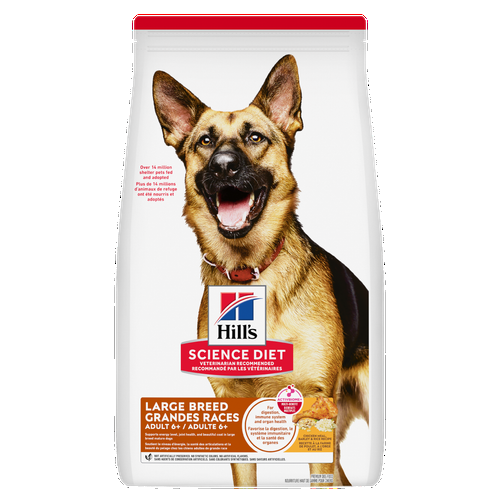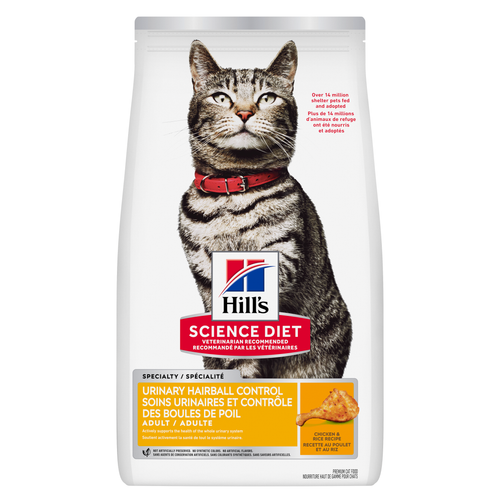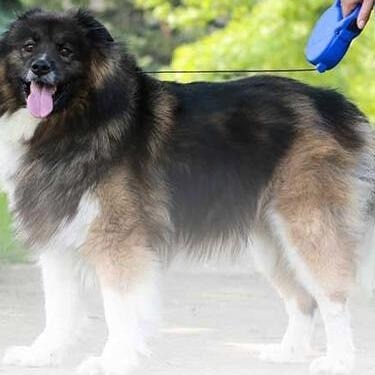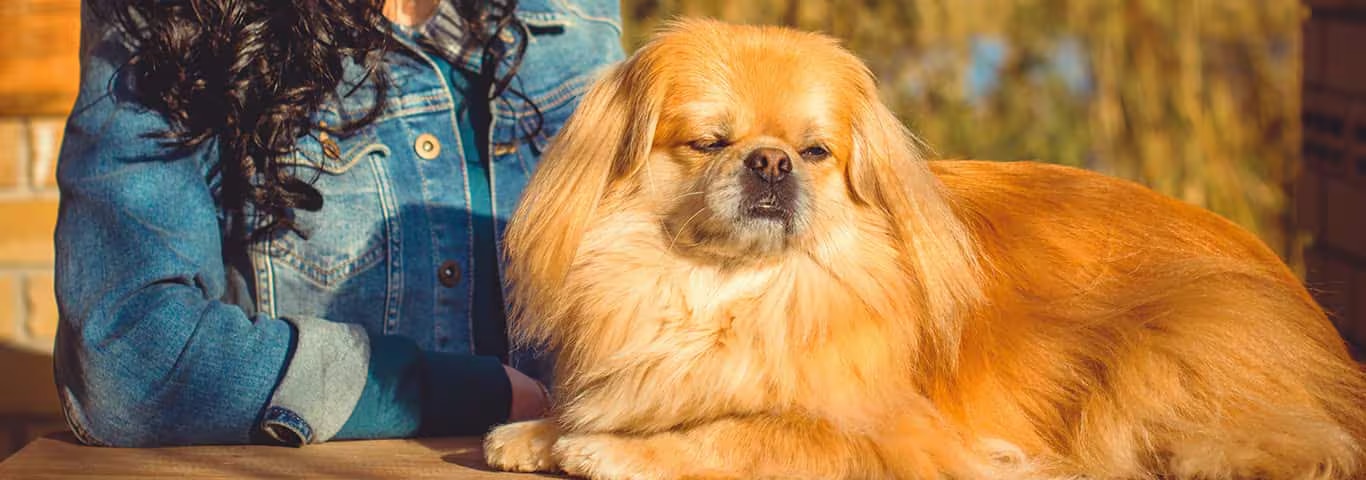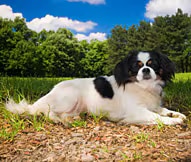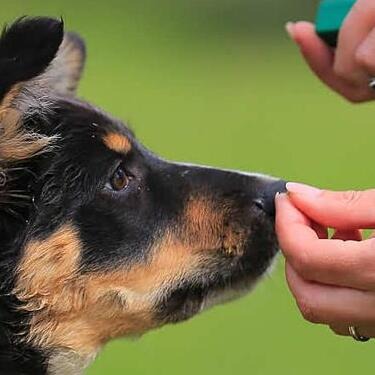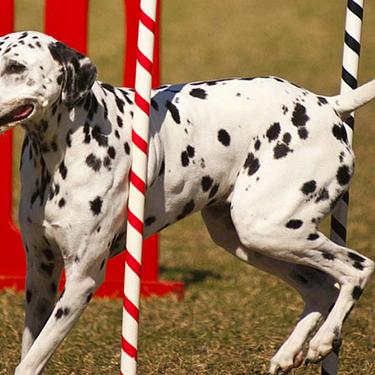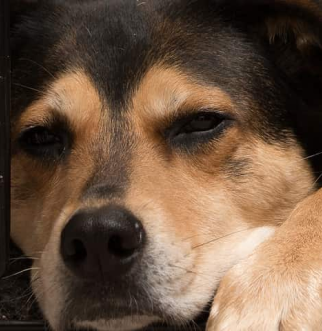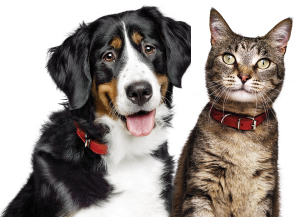Pekingese are long bodied, low dogs with the limbs somewhat bowed. The body is sturdy despite its small size, and the build contributes to a "rolling" gait.
Pekingese are readily recognized by their shortened muzzles, prominent large eyes and "v" shaped nose wrinkle between the muzzle and the eyes. The ears hang long off the massive round head, and the tail is carried majestically over the back.
The crowning glory of the Pekingese is the profuse coat. The hair hangs long and straight, ideally with a harsh texture and abundant soft undercoat. Plenty of fringe hair is on the ears, tail, and the limbs. All colors are acceptable; a black mask, black outlining to the eyes, and black on the ears are desirable.
The Pekingese seems to be aware that it is a dog of royal ancestry. An aloofness and dignity can be seen about them, although occasionally they do "let their hair down" and romp. These are very alert little watchdogs and will sound an alarm bark much bigger than their size.
Pekingese are generally good with other dogs and pets, but they should be socialized early and thoroughly to accept many people. They can be aloof with strangers, although they are devoted to their families. While quite smart, these are independent little dogs and training requires patience and creativity.
Pekingese are not prone to be nuisance chewers or diggers but can be stubborn about learning new things.
The Pekingese is a very easy dog to keep and requires little food to stay healthy. Too many treats easily lead to obesity. While fairly active, Pekingese do not need long walks for their exercise. A short romp indoors or outdoors in good weather will suffice. With the shortened face, Pekingese do not handle hot or humid weather well. This shortened muzzle also makes them prone to snoring!
Pekingese need plenty of human companionship to be happy. They thrive on attention and will bark and attempt to protect their homes and families. They are very happy to be lap dogs much of the time. Most Pekingese get along well with older children. Early socialization to many people is important.
Grooming is an important consideration. A dog in full show coat requires extensive attention daily. Most pet Pekingese have slightly shorter, easier-to-care for coats, but they still need a quick daily grooming. Care must be taken to keep their faces clean, especially around the wrinkle on the muzzle. Check the long hair around the rectum to keep it clean as well.
The Pekingese is another ancient Chinese breed. These dogs have been known in China since about A.D. 700 and at least some of their popularity is attributed to the rise of Buddhism in China. Lions and, therefore, lion-like dogs, were symbols of Buddha, and these small dogs with their luxuriant flowing manes fit the bill. Intercrossing with the Shih Tzu and Lhasa Apso is certainly possible.
In the 1800s, the Pekingese was the darling of the Imperial Chinese court. Numerous eunuchs ran a special breeding program for these "sleeve dogs," and the Pekingese was truly a dog of luxury. In the sacking of Peking by the British in 1860, only a few Pekingese survived, at least one of which made it to England and became the darling of Queen Victoria. Once again, royal favor led to popularity and the Pekingese has not looked back since.
Most modern day Pekingese are larger than the true "sleeve dogs," but they are still much beloved companions and alert watchdogs.
Adopt a pet. Change a life.
Are you prepared to adopt a pet? Use these tools to make sure you are ready for the commitment.
Adopt a pet. Change a life.
Are you prepared to adopt a pet? Use these tools to make sure you are ready for the commitment.


